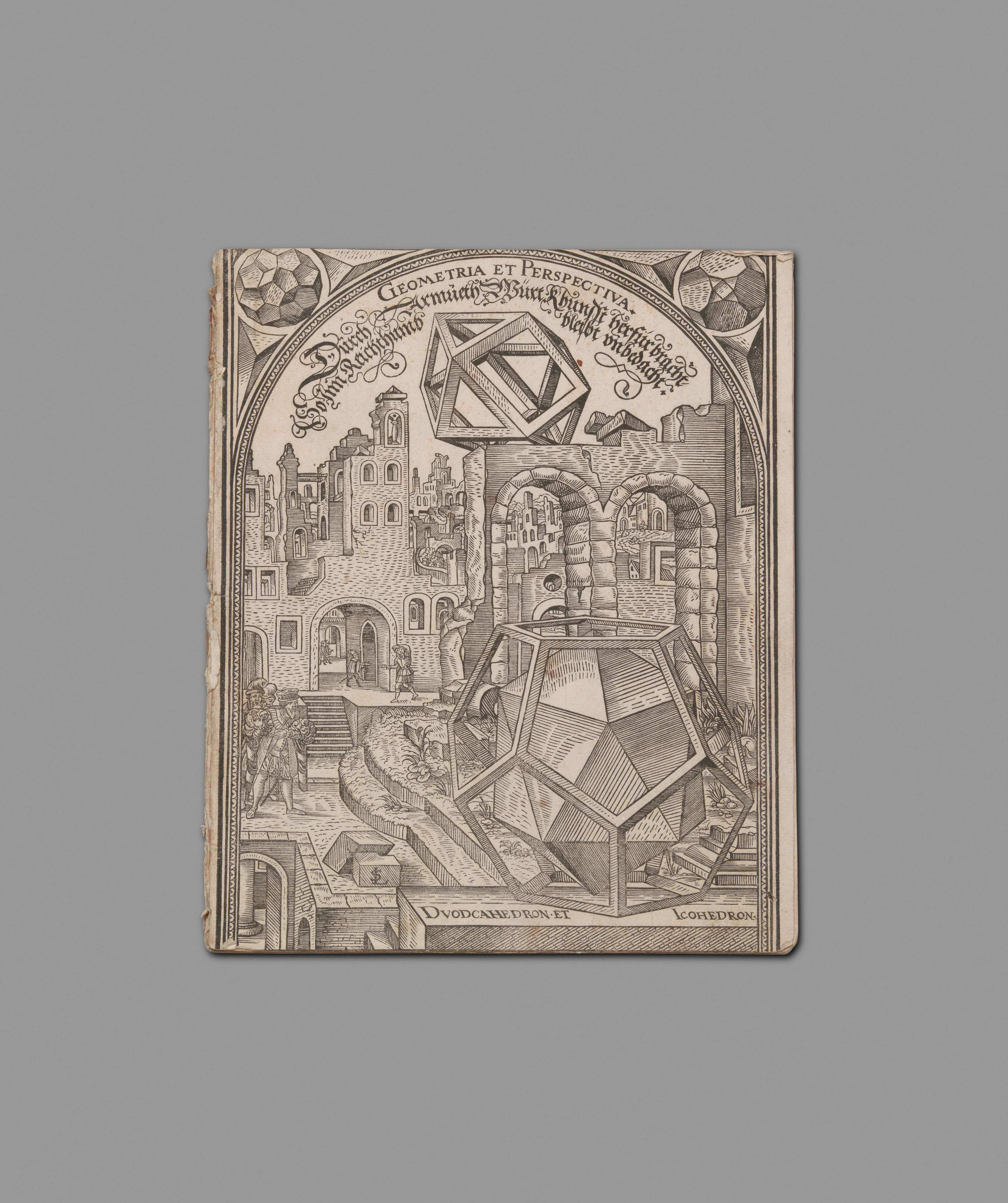Why Making Connections in Maths Matters for Your Child’s Learning

I had a student the other day looking at a problem where two lines crossed. She was just about to launch into setting up and solving the simultaneous equations when she paused and said, ‘Wait… I can just read the answer from the graph, can’t I?' That moment of insight was a perfect reminder: meaningful understanding in maths is far more powerful than knowing a dozen disconnected techniques or algorithms.
Mathematics is often seen by students and parents alike as a list of isolated topics—fractions here, algebra there, and geometry somewhere else. But one of the keys to deeper understanding and long-term success in maths is helping children see how these topics connect to each other and to the real world.
What the Australian Curriculum Says About Connections
The Australian Curriculum: Mathematics emphasises the importance of making connections. It encourages students to apply mathematical concepts across different areas and in a variety of real-life contexts. According to the curriculum:
"Mathematics learning is enhanced when students make connections between concepts and see how these ideas apply to their own experiences and the world around them."
This approach helps students move beyond rote learning to develop genuine understanding and problem-solving skills.
Similarly, education researcher Peter Sullivan in the wonderful article “Teaching mathematics using research informed strategies” stresses that effective maths teaching involves helping students build networks of related concepts rather than learning facts and procedures in isolation. When students see how mathematical ideas relate to one another and to prior knowledge, their ability to solve unfamiliar problems and transfer skills improves significantly.
How Maths Topics Connect
For example, take algebra and geometry. Algebra isn’t just about solving equations—it’s a language that describes patterns and relationships, which often emerge from geometric ideas like shapes and spatial reasoning. When children see that algebraic expressions can represent real shapes or movements, maths becomes more meaningful.
Similarly, trigonometry, often introduced as a new, tricky topic, is really an extension of what students already know about similar triangles. It formalises ratios between sides of triangles that stay constant even when the triangle’s size changes, connecting prior knowledge to new ideas.
Then there’s the link between linear and quadratic functions. Understanding that linear functions show constant rates of change prepares students to grasp quadratic functions, which describe changing rates of change, like the path of a ball in the air.
Making these connections helps your child see maths as a coherent story, rather than a series of random lessons.
Connecting Maths to the Real World
Beyond linking topics, the curriculum also stresses the importance of applying maths in real-world contexts. This helps children understand why maths matters and motivates them to learn.
For instance:
- Fractions and ratios become easier to grasp when connected to budgeting, craft projects or shopping.
- Probability links naturally to everyday decisions, like predicting weather or understanding games.
- Algebra and functions help explain savings plans, data trends, or even smartphone plans.
- Geometry relates to art, design, construction, and nature.
These real-world examples provide purpose and relevance, making maths less abstract and more engaging.
Okay, so making connections is important? How do we do it?
The article “Intra-Mathematical Connections Made by High School Students in Performing Calculus Tasks” by Javier García-García & Crisólogo Dolores-Flores emphasises that students develop connections through active engagement with multiple representations and tasks that require them to relate different mathematical ideas. For example, by solving problems that involve graphical, symbolic, and numerical aspects of calculus, students begin to see how these representations link together. The role of meaningful tasks that encourage reflection and reasoning is underscored as essential for helping students construct these connections rather than merely memorizing isolated facts or procedures.
How You Can Support Your Child
As a parent, encouraging your child to talk about how different maths topics relate, and showing them everyday examples, can make a big difference.
If your child seems frustrated by maths, it might be because they haven’t yet seen the bigger picture—the connections and the relevance.
At Maths That Clicks, I focus on helping students understand how maths topics fit together and how they apply beyond the classroom. This approach builds confidence, deepens understanding, and often makes maths enjoyable.
References
Australian Curriculum, Assessment and Reporting Authority. (n.d.). Mathematics. Australian Curriculum. https://www.australiancurriculum.edu.au/f-10-curriculum/mathematics/
García-García, J., & Dolores-Flores, C. (2018). Intra-mathematical connections made by high school students in performing calculus tasks. International Journal of Mathematical Education in Science and Technology, 49(6), 857–875. https://doi.org/10.1080/0020739X.2017.1355994
Sullivan, P. (2011). Teaching mathematics using research informed strategies. Australian Council for Educational Research. https://research.acer.edu.au/cgi/viewcontent.cgi?article=1017&context=research_conference




